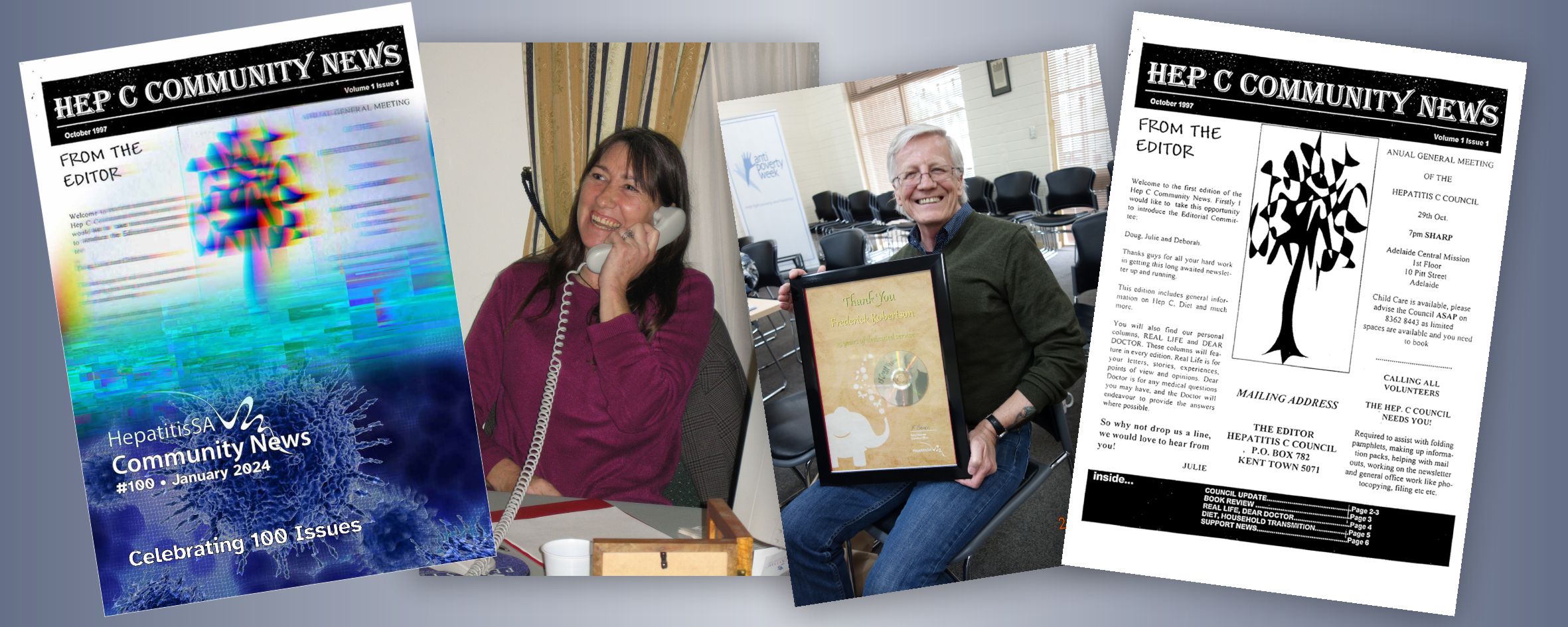Direct-acting antiviral drugs (DAAs) to treat hepatitis C have proven to be a spectacular success, being able to cure more than 95% of people who have been living with the virus. However, a growing issue has implications for the design of future DAAs, and that is the ability of the hepatitis C virus–like all viruses–to mutate. Mutant versions of viruses can “learn” to defeat the medications used to treat them by changing their structure or the way they interact with the bodies they infect.
When they help the virus evade the effects of medication, we call these changes “drug resistance mutations” (DRMs), and they can make it much harder to cure infections. When a drug-resistant version of a virus becomes the dominant one, it can make a previously useful drug completely ineffective.
Continue reading “Hepatitis C Drug Resistance”





